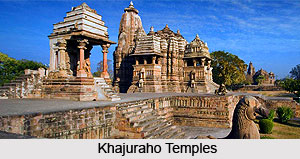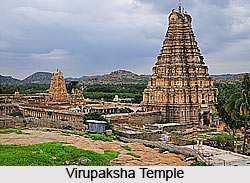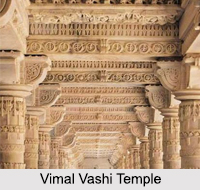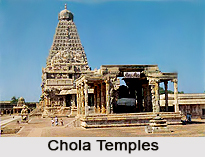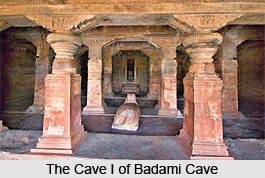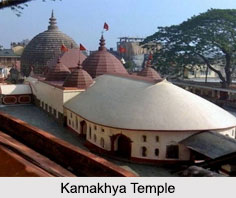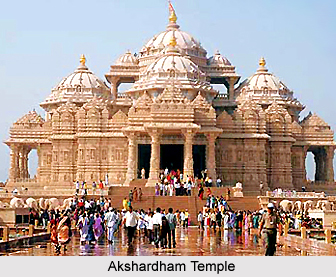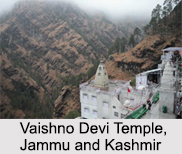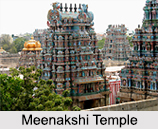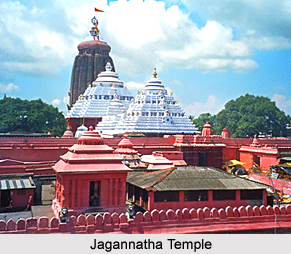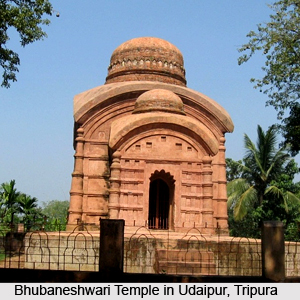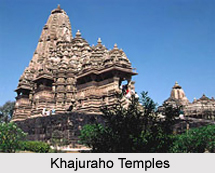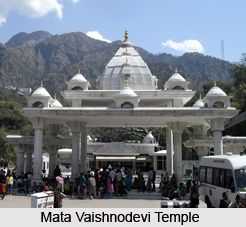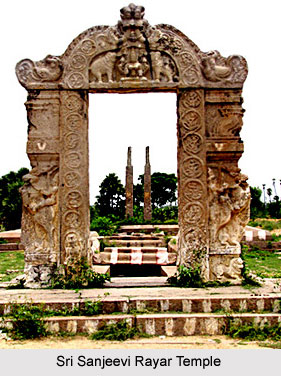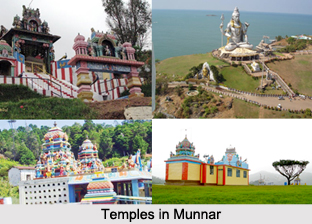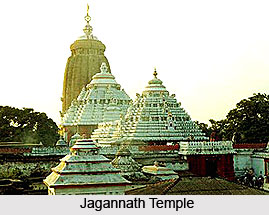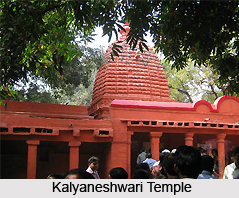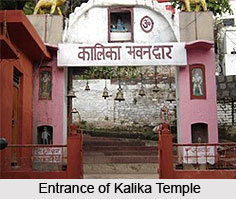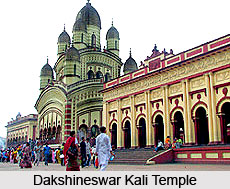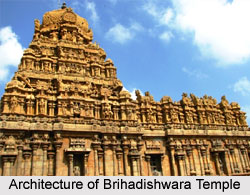St. Antony"s Forane Church, also known as St. Antony"s Syro-Malabar Catholic Forane Church, stands at Ollur in the district of Thrissur in Kerala. It belongs to Syro-Malabar Catholic Archdiocese of Thrissur. There are about 4,000 Christian families in the parish. Owing to the presence of a large number of Christians at Ollur along with its medical, educational, religious, social-service and secular organisations and institutions, the place is termed as Chinna Roma (Small Rome). The church is situated over a hillock which serves as the highest point of the region. An enormous protective compound wall called Elephant Wall (Aana Mathil) encloses the church. There are 18 churches under the jurisdiction of St. Antony"s Forane Church.
History of St. Antony"s Forane Church
Previously the Christian population of Ollur used to go to Mass in Puzuvial church. Once a Kalliyath family missed Mass and out of disappointment she asked her son to build a church in Ollur. For the construction of the church the land was donated by Malaekal Karthakal and in the year 1718 a temporary church was built. On 13th June 1722 the church was blessed by the Mar Antony Pimentel, Metropolitan and Gate of All India or known as Kodungallur Bishop with Johann Ernst Hanxleden famously known as Arnos Paathiri. Tipu Sultan in 1790 set fire to the church, however it damaged only the facade. The first Archbishop of Thrissur, Mar Joseph Kundukulam, banned the Thullal in 1972 which also known as devil dancing. The church was visited by the first Prime Minister of India Jawaharlal Nehru on 24th November 1951.
Architecture of St. Antony"s Forane Church
The architecture of the church is comparable to the Sistine Chapel in the Vatican City. The church is extensively decorated with both indigenous and western influences. Artistic dexterity of bronze artisan, goldsmith, carpenter, ceramics worker, sculptor and painter can be observed who have wonderfully embellished the church with all decorative elements like precious stones, granite, laterite, ivory, wood, bronze, iron, silver and gold. There are a number of diverse angel images in the church which makes it very unique. Over five thousand images of angels can be traced in the church in the form of murals, frescos, plaster etc. An area of thousands square feet is covered by the paintings of the church which also accounts for being the most beautiful ones in Kerala.
The church has a seven storey Belfry or Bell Tower which rises to a height of 125 feet and was the tallest structure in South India at the time of construction. The three huge bells of the belfry have been imported in the 19th century from Marseilles in France which are credited as the biggest bells in Kerala. Pictures of Jesus, Saint Joseph, Mary (mother of Jesus), Saint Anthony, Raphael (archangel) and Tobias are inscribed on the bells. On the bells is written "Owned by Ollur Church" in Syriac language and Malayalam.
Memorial at St. Antony"s Forane Church
In the year 1959 Catholics in Kerala protested against the first Communist Government in the world under the leadership of E. M. S. Namboodiripad. It was termed as Vimochana Samaram or Liberation Struggle. A state law according to which the Catholic education facilities would have taken over by the government caused this ignition. On 23rd July in the same year Kerala Police had fired at the St. Antony"s Forane Church. Thus a memorial was built at the church courtyard which says "Communist Government fired bullets to the Church here". This struggle of 1959 led to the dismissal of the first democratically elected Communist Government in the world.
Festivals of St. Antony"s Forane Church
The most important festival of St. Antony"s Forane Church is the Feast of Saint Raphael, Ollur, the Archangel, which is observed on 23rd and 24th October every year. The year 1837 marked the beginning of this festival. In the month of January another festival is celebrated in the honour of Saint Sebastian which is the second major festival in the parish. Apart from this, Ollur parish celebrates about 73 feasts and festivals.
